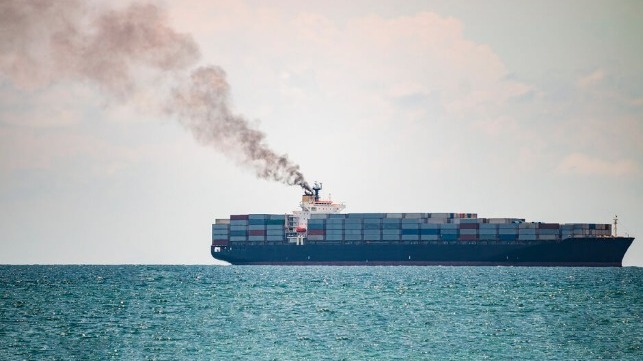EU Carbon Tax Could Have a Significant Impact on Global Trade

On Sunday, the EU and the world’s first carbon import tax came into force. Until 2026, it will be in a transitional phase allowing stakeholders to collect useful information to refine the methodology for the levy’s definitive period, which follows thereafter.
The EU’s Carbon Border Adjustment Mechanism (CBAM) is a central pillar of the bloc’s Fit for 55 policy. It uses the amount of CO2 emitted during production of carbon-intensive products - steel, fertilizer and aluminum - to calculate the levy.
According to EU’s Commissioner for Economy, CBAM has two goals: to encourage industry worldwide to embrace greener technologies; and to prevent carbon leakage, or the relocation of production outside EU borders to countries with lower environmental standards. Essentially, it will equalize the price of carbon between goods produced in the EU and imports.
However, questions linger to the kind of disruptions the CBAM will cause in shipment of goods in and out of Europe.
“It’s the first such system in the world and its effectiveness is yet to be tested. Nevertheless, it’s likely to have profound implications for international trade and geopolitical dynamics pertaining to carbon emissions, especially if other major economies adopt similar systems,” argues Boston Consulting Group’s Associate Director Tim Figures, an expert in EU trade and regulations.
One likely result when CBAM is fully implemented is that high-carbon producers outside the EU will become less competitive in the EU market. Further, EU’s multinationals - which are highly reliant on offshoring - may have to rethink their operations.
But CBAM’s sting will be felt most by the EU consumers as the producers are likely to pass on the price. For example, Spain imported 14.5 billion tons of steel in 2022, half of which came from outside the EU. Assuming an average carbon intensity of steel and the current EU carbon price, Spanish steel importers could face annual tariffs of some $1 billion when CBAM is fully enforced in 2034, according to a computation by the BCG.
The perceived impact of CBAM to other countries is also critical. India is reportedly planning its own carbon tax modelled along the lines of the EU’s CBAM, which would apply to exports going to the EU only. The goal is for India to collect the tax proceeds itself instead of sharing it with the EU, reported the Hindu Businessline newspaper.
A countervailing tax on imports coming into India from the EU is also on the table, with Indian government officials examining legality of such a measure with WTO (World Trade Organization) rules. From the outlook, the countervailing tax framework appears retaliatory to the EU’s CBAM and could cause friction if not well managed.
Meanwhile, Africa is another region that will be on the receiving end of CBAM. The EU accounts for 27% of Africa’s agriculture exports, 25% of fertilizer exports, 15% of iron and steel exports and 35% of energy exports. Overall, the CBAM is forecast to reduce the GDP of the continent by around one percent, representing a fall of $25 billion at 2021 levels of GDP, according to a report by the African Climate Foundation and Firoz Lalji Institute of London school of Economics and Political Science.
For effective implementation of CBAM, the EU has to engage its major trading partners to resolve the levy’s sticking points.
The opinions expressed herein are the author's and not necessarily those of The Maritime Executive.
